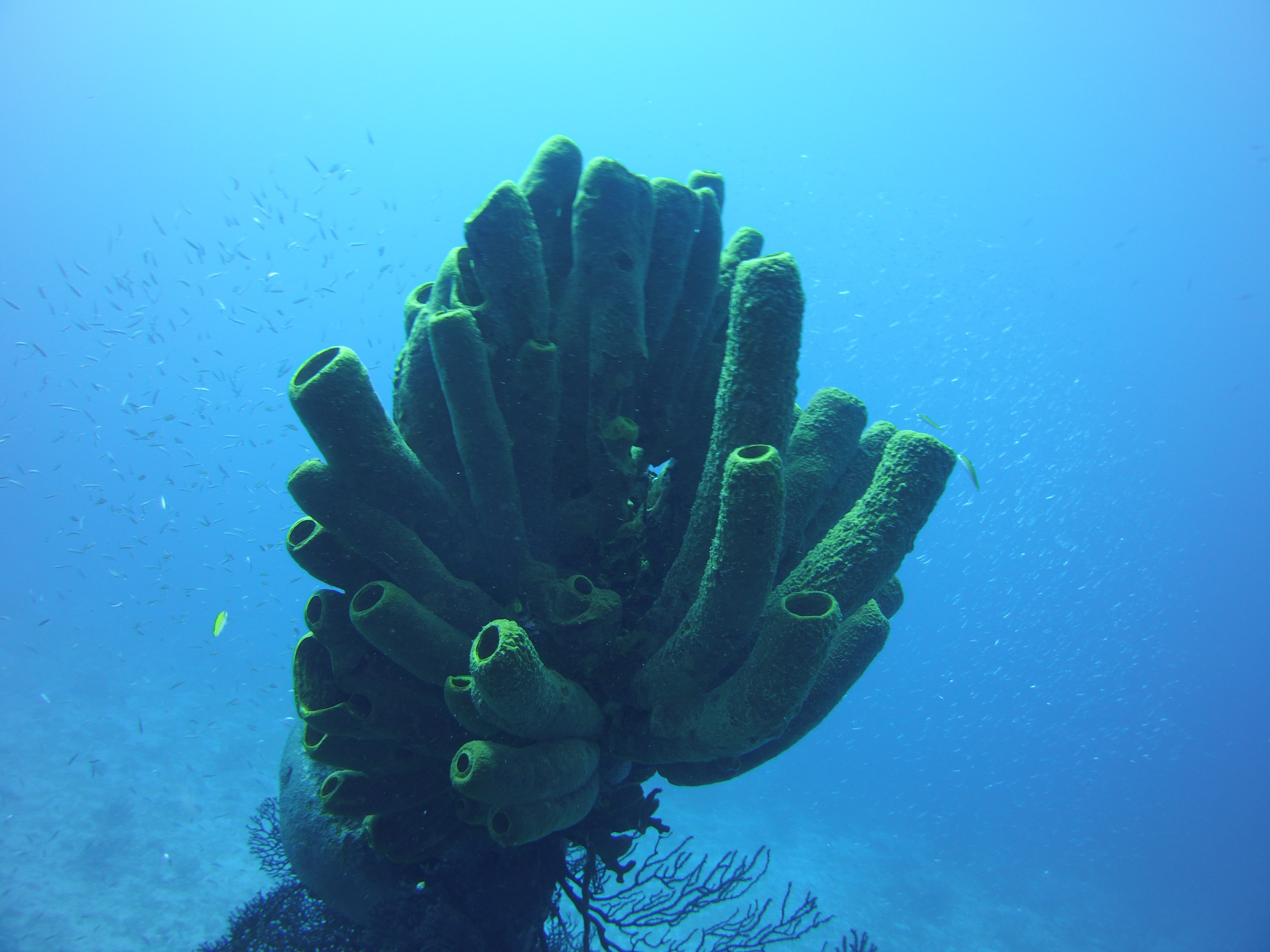Media release
From:
Sponges may have lived in oceans up to 890 million years ago, according to a study that identifies sponge-like structures within ancient reefs, published in Nature. The findings, if verified, may represent the earliest known fossilized animal body and may pre-date the next-oldest undisputed sponge fossils by around 350 million years.
Sponges are simple animals. Genetic evidence from modern sponges suggests that sponges emerged during the early Neoproterozoic era (1,000–541 million years ago); however, fossilized sponge bodies from this period have been lacking.
Elizabeth Turner examined rock samples extracted from 890-million-year-old reefs in northwestern Canada that were built by calcium-carbonate-depositing bacteria. Branching networks of tube-shaped structures that contained, and were surrounded by, crystals of the mineral calcite were identified within the samples. These structures were found to closely resemble the fibrous skeleton found within horny sponges — a type of modern sponge used to make commercial bath sponges — and structures previously identified in calcium carbonate rocks that are thought to have been created by the decay of horny sponge bodies.
The author proposes that the structures may be the fossilized remains of horny sponges that lived on, in and beside calcium carbonate reefs approximately 90 million years before Earth’s oxygen levels increased to levels thought to be necessary to support animal life. If the structures are accepted as sponge body fossils, the findings could imply that the evolution of early animals occurred independently of this oxygenation event and that early animal life survived severe ice ages that occurred between 720 and 635 million years ago.
Multimedia







 International
International



